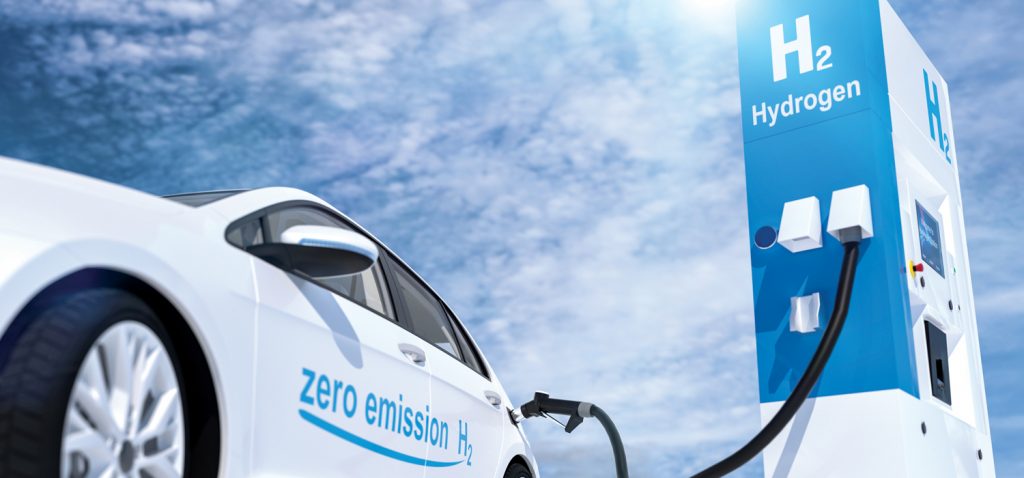SA Mining
Positioning For The Energy Transition
By Ogi Williams – Associate Director, In On Africa
Despite the setbacks incurred off the back of the COVID-19 pandemic, the trajectory for African participation in the global energy transition was already set in motion in prior years. New technology and developments in shale oil exploration and production (E&P) caught up with demand in mid-2014 and sent the oil price crashing from record highs of $120 per barrel to less than $40 within a matter of months.
The crash kick-started the global shift towards cleaner fuels with gas becoming the low-hanging fruit for energy generation while renewable generation capacity catches up.
In parallel, new battery storage technology developments and the impetus to switch to electric vehicles (EVs) is further driving demand for key minerals such as cobalt, copper, graphite and lithium. Though economic and other activity has been stifled over the course of 2020, pulling the oil price down to new lows, the outlook for new developments in gas E&P and further mining exploration surrounding battery minerals looks positive. Markets such as Gabon and Tanzania are aligning policies accordingly in catering for new developments, while others such as Algeria, Mozambique and South Africa move towards tapping into undeveloped resources.
Activity during 2021 will be somewhat subdued as the world returns to some sense of normality, however positioning to capture on future opportunities to participate in the energy transition will be key during this time.
Gas set to be the new oil…
The technological developments in shale oil and gas brought online cheap sources of supply, with producers springing up across key regions of the United States in aid of weaning off Middle Eastern oil. Russia for its part also moved to aggressively tap into its hydrocarbon resources and raced up the global supply ladder to become the largest producer alongside Saudi Arabia.
The culmination of developments has plagued the ability to stimulate interest in new oil E&P given oversupply with focus gradually shifting towards extracting further value from existing fields rather than looking for new developments. This has been evident in mature oil producers such as Angola, Equatorial Guinea and Gabon.
Additionally, as environmental policies on CO2 emissions tighten across the world, gas-power generation is set to increase driven by strong demand from regions such as the Asia-Pacific, with China and India being the key drivers of consumption given strong policy support for a transition to gas.
Dominant suppliers in the Middle East including Saudi Arabia and Qatar as well as outsider Russia have all moved towards increasing supply to cater accordingly, but await the uptick in global demand and economic growth before committing to too many new projects.
Not to be left behind, African markets have begun to position with a sizable number of projects including liquefaction plants, transport terminals and gas treatment plants expected to come online leading up to 2025. The Rovuma basin along Africa’s east coast is the big talking point when it comes to E&P activity with Mozambique and Tanzania pushing to become key exporters on the global market. Ghana and Nigeria are moving towards increasing gas-power generation through increased transportation capacity and new power plants.
Though not a traditional player in the space, South Africa too has made a stronger push towards making gas a key component of the country’s energy security policy, which has received a significant bump through considerable offshore discoveries made by Total in 2020. The imperative to move away from coal-fired power generation will be further boosted by the find and could offer considerable opportunity for the country to transition towards gas in a shorter timeframe.
… and EV demand will continue to grow at a pace
In parallel to E&P activity in gas and moving towards gas-fired power generation as Segways to greater energy efficiency, the global EV market will continue to see growth stimulated by increased uptake due to government subsidies and support in key markets in Europe as well as the US and China.
EV sales in 2020 remained buoyant, reaching record highs of 3.4 million with US-based automaker Tesla alone reporting nearly 500 000 cars sold – sales in China stood at 1.8 million for the year.
The UK has started an ambitious plan to wean the country off combustion engines entirely by 2030 through some £3-billion going into developing EV manufacturing capacity.
If the trajectory stays as it is, the International Energy Agency forecasts some 2.5 million barrels per day to be displaced by 2030, the first critical year of reduced emissions targets set by the Paris Agreement. The main constricting obstacle to achieving this milestone is the removal of infrastructure bottlenecks in the supply of battery minerals. This can and needs to be achieved by ensuring the current and potential sources of supply are financed as quickly as possible in getting projects off the ground.
On the commodity side graphite will be the top demand mineral given its low bankability risk when it comes to mining projects – the Molo Graphite Project in Madagascar received nearly $30-million in financial backing and is expected to become operational in less than 12 months.
The launch of a number of new flagship models by global automakers is also set to prop up demand for cobalt and copper going into 2021. Prices for the two minerals are expected to strengthen over the course of the year as demand from China rises, with the imperative set to be highest on strengthening the supply chain from key supply markets such as the Democratic Republic of the Congo and Zambia in order to move the price to a range of greater bankability for new projects.
An added positive factor is the impending roll-out of 5G technology which is also expected to drive the price and outlook for cobalt up given that it’s a critical component in the manufacturing of lithium-ion batteries.
To capture opportunities, strengthening mineral and hydrocarbon policy is key
The global energy transition will continue to drive developments in both power generation and transportation. As many countries still lack the resources to swiftly move away from fossil fuels such as coal and oil, converting existing infrastructure towards gas-powered generation proves a viable middle ground in the medium term. Emerging markets in Asia will be the main drivers of the growth, however even other developing markets in Africa will move towards doing so sooner than later.
The picture in global EV demand is set to move in parallel to this, with markets adopting policies aimed at stimulating additional uptake and building the necessary infrastructure to cater for it. Here, African markets who play a pivotal role in the mineral supply chain need to strengthen policies accordingly as their counterparts in the oil and gas E&P space have done. Prominent examples of the latter over recent years include Kenya, Gabon, Tanzania and Uganda, who have all overhauled their hydrocarbon policies to ensure that they position for maximum beneficiation and participation.







 Sign-up and receive the Business Media MAGS newsletter OR SA Mining newsletter straight to your inbox.
Sign-up and receive the Business Media MAGS newsletter OR SA Mining newsletter straight to your inbox.